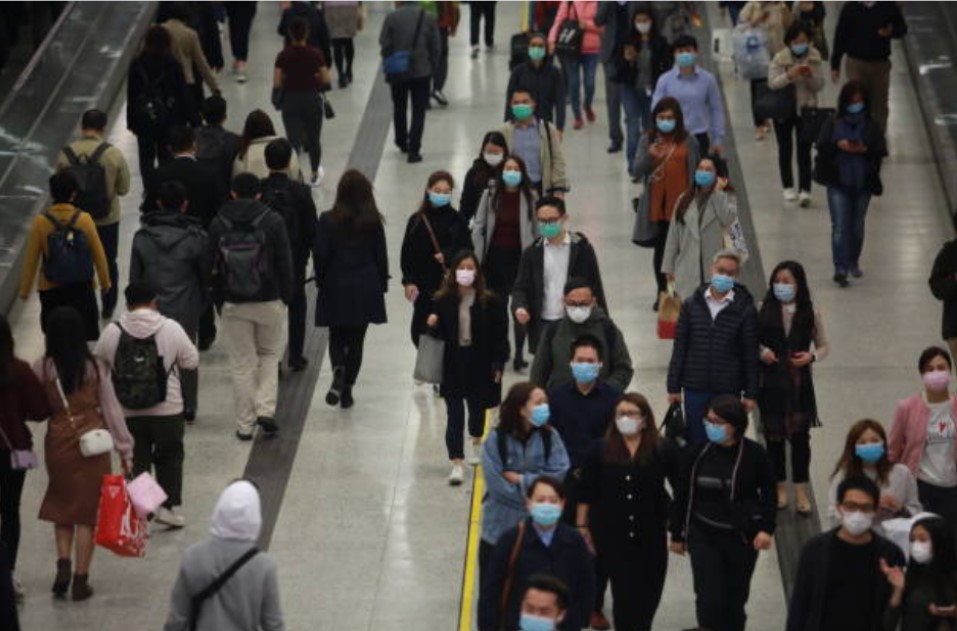Although COVID-19 is taking a backseat to other important issues within the country, case numbers in the U.S. are continuing to soar. Southern states, which previously had fewer restrictions than those in the north and west, are emerging as hotspots. This is not the case all around the world, though. In many parts of the world, COVID-19 cases have plateaued and even dropped off significantly. In the following post, we highlight a few countries who are having success in managing the spread of the virus and the tactics they are using to do so.
Travel Restrictions
For countries with low case numbers, closing off borders is a measure that prioritizes local health and safety. At the onset of the virus, many countries put restrictions in place banning travel but still allowing citizens to return home if they were abroad when the limitation went into place. Countries like New Zealand and Korea, which put lockdowns and travel restrictions in place simultaneously, experienced fewer case numbers early on. In both cases, travel restrictions included both domestic and foreign travel. With success following these measures, such countries have been apprehensive about opening travel again. Aware that travel will need to resume at some point, New Zealand is in the process of building out new guidelines. Their new travel plan will monitor travelers for symptoms and possibly include a period of quarantine on arrival.
Contact Tracing
According to COVID-19 testing and antibody tests, 50-80% of individuals who have COVID-19 are asymptomatic. Because these individuals do not have the telltale fever, coughing, or shortness of breath, which is usual, they will most likely carry on with life as usual. These individuals can go to work, grocery shop, and spend time with others without being aware that they are spreading COVID-19.
COVID-19 is highly contageious and there is a great probability that most who have it aren’t even aware. Many countries are establishing contact tracing programs to notify individuals when they have been in contact with someone testing positive for COVID-19. Contact tracing is opening up a number of new jobs in many areas of the world. In the U.S. alone, the number of professional contact tracers has increased from 2,000 to 30,000.
Certain countries, like Australia, are relying on tracking apps to limit the chances of spreading the virus. In March and April, Australia saw consistent growth in case numbers. Since using the contact tracing app COVIDSafe, case numbers have dropped significantly. Alternatives to COVIDSafe are being created are used in countries all around the world with Singapore preferring Trace Together, Israel using The Shield, and other countries, like Hong Kong, Taiwan, and Germany, relying on government websites that feature maps and GPS tracking.
Requiring Masks
One of the reasons many countries within Asia have avoided high COVID-19 case numbers may be due to the public perception of masks. Even prior to the outbreak of COVID-19 earlier this year, masks were commonplace in many Asian cultures. During flu season, it is not uncommon for individuals in Japan, China, and Korea to don masks. When the sick do this, it is a sign of respect for others within the community. When those who are healthy wear masks, it is a precautionary measure.
The number of confirmed cases in the west, where masks were not previously worn, is much higher than those in the east. Some may argue that factors such as the availability of COVID-19 tests and the rate at which reports are made play a role in this. While it might be true in a sense, high percentages of citizens wearing masks correlate closely with low case numbers. To provide an example, Thailand, which is near where the virus broke out, has seen few COVID-19 cases. According to reports, 95% of Thailanders have worn masks since news of the virus broke.
Creating Unity
In New Zealand, the number of active COVID-19 cases is zero. How is this possible when COVID-19 hotspots like the U.S., Brazil, Peru, Chile, and Mexico are still reporting an increase in cases? One reason might be the cadence with which health officials and politicians in the country are addressing the virus.
In New Zealand, Prime Minister, Jacinta Arden is maintaining a calm, but concerned political tone. The balance between these tones is keeping New Zealanders from panicking. Its also helping them to understand the severity of COVID-19 and the importance of social distancing. Arden asked citizens of the island country to think of others and their health when considering leaving home. She views COVID-19 as an opportunity to exercise an appreciation for our neighbors. By playing up the role of community involvement, individuals within New Zealand feel they are having a positive effect on their country by merely washing their hands and wearing a mask.







Leave A Comment